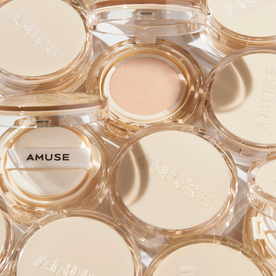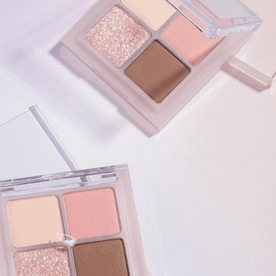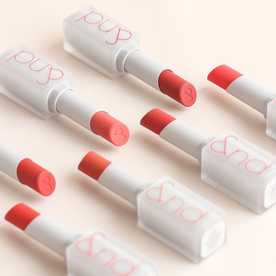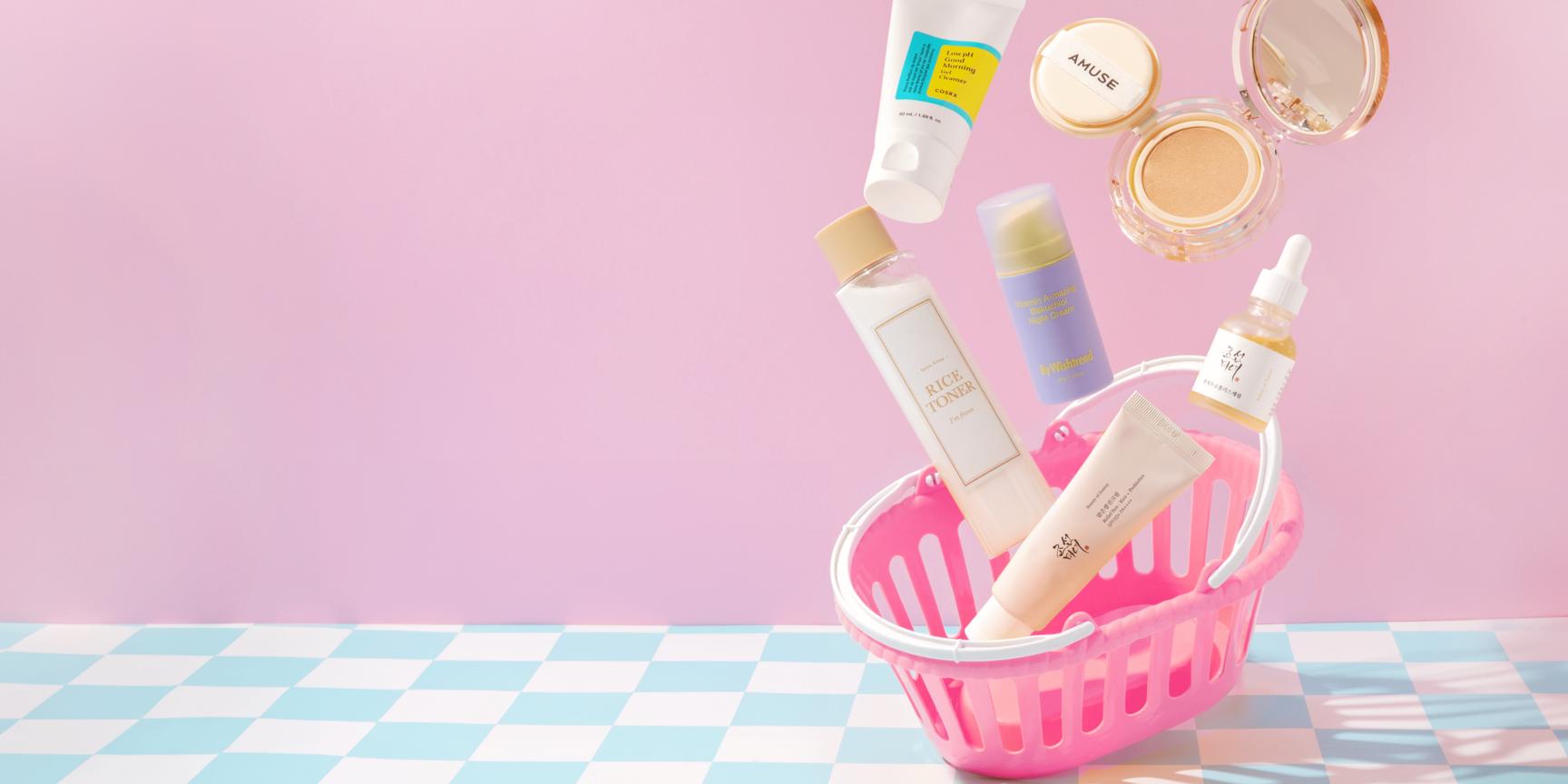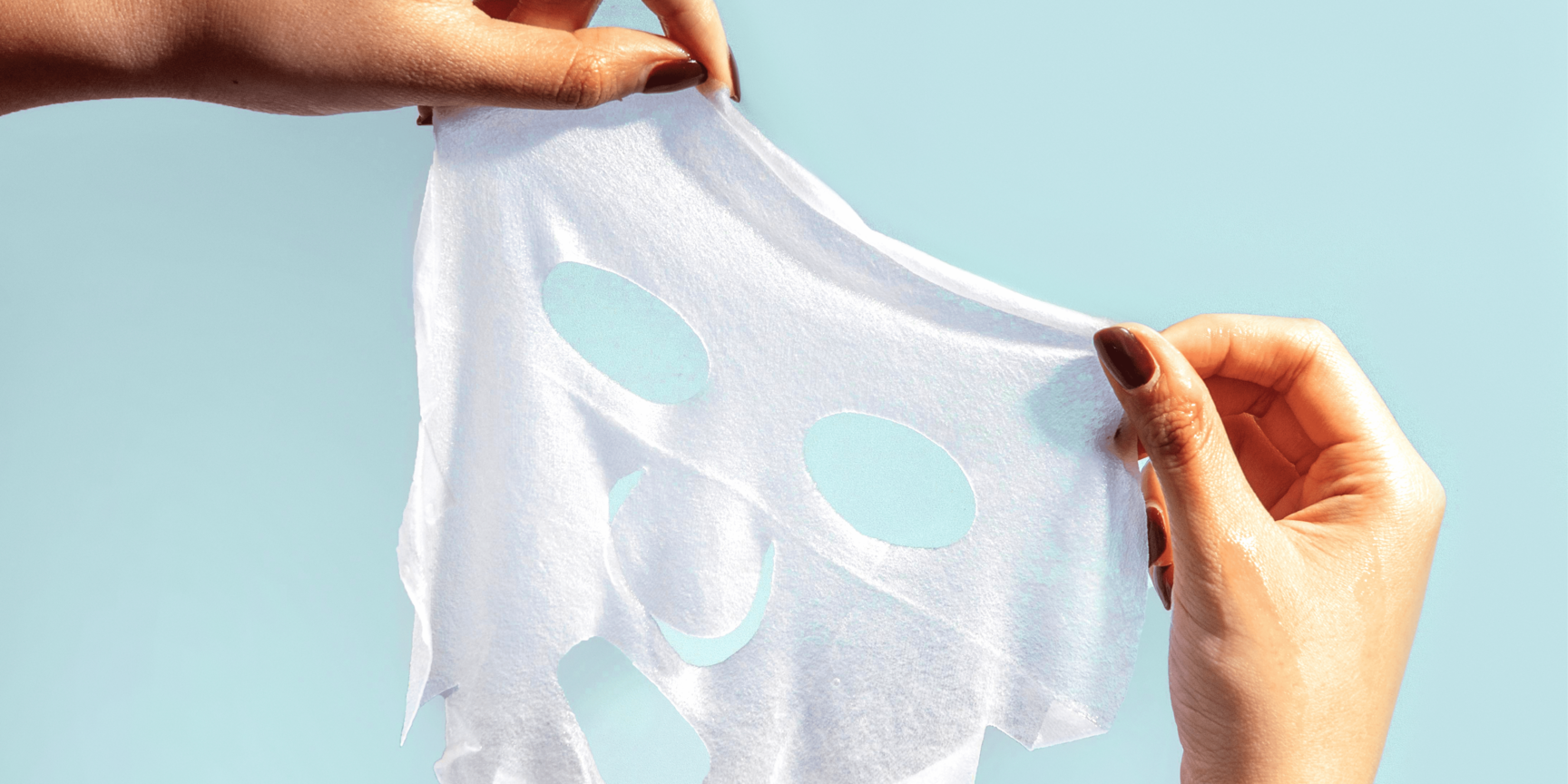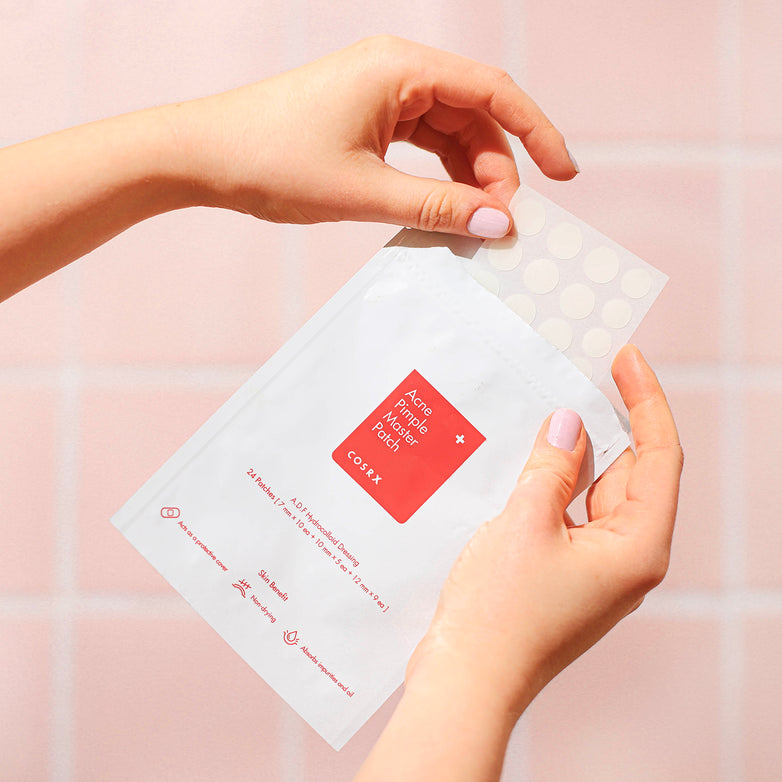The Quick Fix: Using Pimple Patches
Waking up the morning before a school dance with a pimple forming on your forehead may be a teenage nightmare, but plenty of adults struggle with acne as well. They pop up before job interviews, dates, and social events. It happens to everyone and there’s nothing to be embarrassed about, but sometimes we just need a quick fix to feel our best.
Before you decide to pop the pimple and dry it out with a dab of toothpaste, there are other (better) options. If there was ever a skincare product that is pretty much as good as it sounds, it’s the pimple patch. They aren’t glamorous, but they they work, and they are so easy to use.
What are they?
Pimple patches are small stickers containing a formula that help heal pimples quickly. They’re made of hydrocolloid material, which is often used as a dressing to heal wounds. That makes them a perfect, clean environment for healing pimples. They’re also absorbent, drawing out impurities and excess sebum. If you’re a serial pimple picker (no judgement), putting a patch over a blemish is a good way to keep your hands off it. Patches also speed up healing, reduce inflammation and redness, making pimples flatter and less visible.
What they aren’t is a fix for the source of an acne problem. To keep skin clear, you’ll need to address the issue at its source - a dermatologist can help you find a treatment that works for you.
What is in a pimple patch?
Most pimple patches have a combination of healing and drying formulas in them, to shrink the blemish fast. They often contain ingredients like tea tree oil, which has anti-bacterial properties. Salicylic acid and benzoyl peroxide dry out pimples. Some contain ingredients with added benefits that help reduce inflammation or reduce the chances of scarring.
Because the patch is quite literally stuck to your pimple, the formula has a chance to work over a longer period of time, and doesn’t wipe off or evaporate as quickly. And if your skin is dry or sensitive, applying something like salicylic acid all over your face might not be an option. A patch ensures the formula is only where you need it.
What is a “microneedle” or “microdart” patch?
Microneedle patches contain tiny little “needles” (or “microstructures”) that prick the blemish to help the formula to go more deeply into the skin. The needles are very thin (a fraction of a hair’s width) and usually dissolve after a period of time. Most people experience what they describe as a “prickling sensation” when they use these, but they aren’t painful.
Cystic and hormonal acne can cause “blind pimples”, or pimples that stay under the skin. These new generation patches work under the surface, drawing up trapped sebum and bacteria so the pimple heals faster.
All-star patches
Ready to try these for yourself? Here are some tried-and-true pimple patches to get you started.
COSRX Acne Pimple Master Patch
These are the pimple patches everyone swears by, the ones you always want on hand. They pull out impurities and sebum, while keeping the area sanitary. All you do is choose a patch (they come in different sizes), stick it on the blemish, and go to sleep. Blemishes heal faster and are less visible the next day! Reviewers have praised these for drawing up and draining even difficult pimples.
This microneedle patch tackles hormonal and cystic acne by delivering blemish-fighting ingredients under the surface of your skin. Start with a salicylic acid and tea tree oil pad to cleanse the area, then apply the microneedle patch for a minimum of two hours. It contains hyaluronic acid to moisturize, niacinamide to brighten, and peptides to boost collagen production.
Tips for using pimple patches
Want some useful tips and tricks for using pimple patches? Look no further!
- Use pimple patches before occlusive products, like thick moisturizers. Products that “seal” the skin can prevent the formula in the patch from getting into your skin.
- It goes without saying - don’t touch the part of the patch that goes on your skin. You don’t want to get bacteria on it, then stick it on your pimple.
- Don’t get serums or facial oils on the patch - it will weaken the adhesive and cause the patch to fall off!
- You can put makeup on over a patch, though heavier makeups make affect the adhesive. Less is more - don’t layer a ton of foundation over the patch, it will make it more obvious.
- Use a pimple patch as an after-treatment. If you have a blemish that is healing or that you’ve popped, put a patch over it to keep it clean and prevent infections.
- Stubborn pimple? Some difficult acne can require more than one patch. Beauty bloggers recommend wearing a patch a couple of nights in a row for more serious blemishes.
The next time you notice a pimple coming up, pop a pimple patch on and relax. They’re one of the easiest spot treatments you can use, with no mess, no fuss!









































